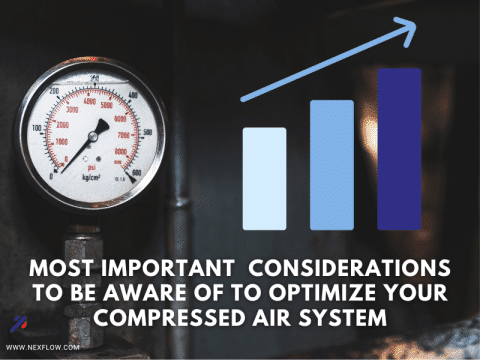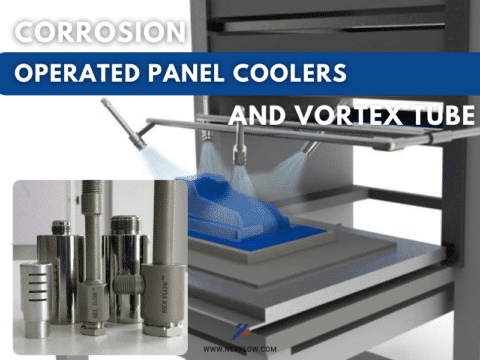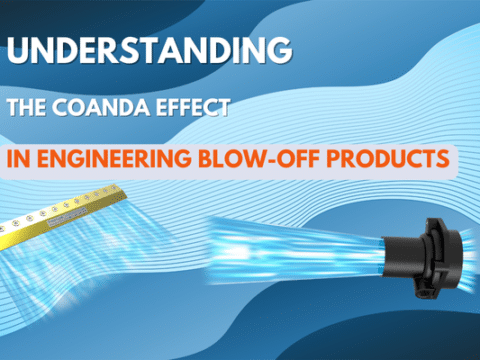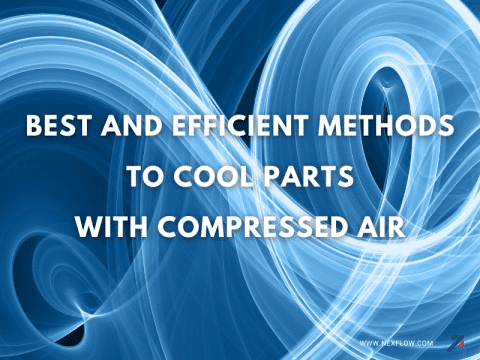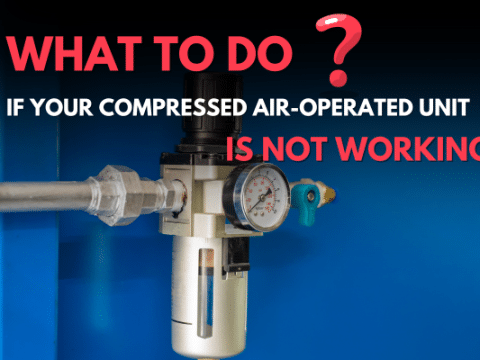
With the recent expansion of the manufacture of medical products where static issues can negatively affect production, it may be useful to clarify the practical limits in static charge removal on packaging machines in particular,
Production speed desired should be as fast as possible and when dealing with plastic and textile materials, static charge can build up quickly to jam production equipment. In addition, static charges attract dirt to a charged part so static eliminator technology should be properly applied, typically with ionizing bars.
To maintain high output, static control needs to be efficiently applied to maintain high output and cleanliness.
Plastic and other insulators can build up a static charge and attract dirt from their surroundings which can be a problem in further processes such as painting, labeling and even packaging. While the most efficient way would be to remove the static charge early, the process may still continually build up a static charge necessitating cleaning of the parts.
One way to do this is by combining static bars with an air knives. You can also combine a point ionizer with an air amplifier. The amplified airflow from an air amplifier or air knife, being laminar, has the advantage of carrying the “ions” from the static device further and maintaining a blow off force to remove the static charge and clean at a distance. In addition, the units are compact. Often only a very low pressure is required (2 or 3 PSIG) to clean the part so compressed air cost is minimal.
However, one misconception that is often propagated by those who may not truly understand static eliminators, is that you can remove a static charge at very large distances instantly. The fact is, you can even remove static charges at a distance even if there is no air to “push” the ions to the part. But it takes “time”. What the air does is both remove the dirt and dust from the surface of the item to be cleaned after the charge is neutralized and of course, neutralizes the surface with the “ions” it carries to the part. But, this takes time – the time increasing to several seconds or longer the further you are away. The reason is that the “ions” generated from the static device start to re-combine the further you are away from the static device. Hence, it takes longer for the static charge on the part, which is receiving a weaker concentration of ions, to discharge. And unless the surface is discharged, the dirt and dust will be difficult to remove. So when you see claims of removing static charge ten or twenty feet away from the target, be very wary of real effectiveness. If the charge is minimal and the target slow moving, it might be possible to work. But if the charge is high and, or the target is fast moving it may not work.
One way to compensate is to use a much stronger static eliminator and a few companies do have stronger static bars that are shockless and safe to use for this purpose. But standard strength static bars may not be adequate for many applications.
So in considering the use of air knives and amplifiers with static eliminators, consider the nature of the part, its speed (time exposure to the static eliminator and air flow), strength of the static charge to be removed, and distance from the target. You may require a much more powerful static eliminator.
There are other things to consider as well such as how the air knives or amplifier is mounted, materials used, etc. and if you have questions in this regard please ask or visit our web site at www.nexflow.com




